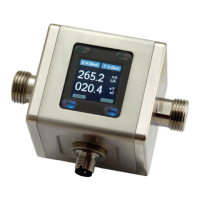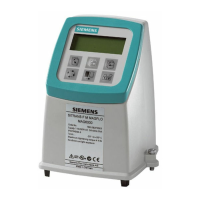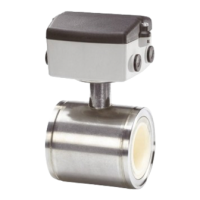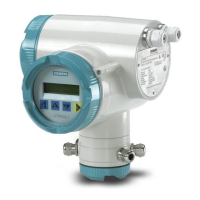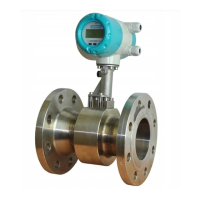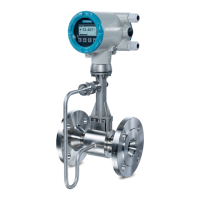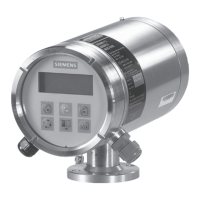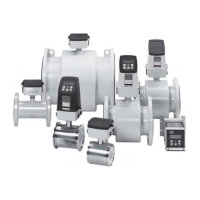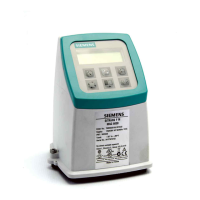Glossary
EMC
Electromagnetic compatibility (EMC) is the branch of electrical sciences which studies
the unintentional generation, propagation and reception of electromagnetic energy with
reference to the unwanted eects (Electromagnetic Interference, or EMI) that such energy
may induce. The goal of EMC is the correct operation, in the same electromagnetic
environment, of dierent equipment which use electromagnetic phenomena, and the
avoidance of any interference eects.
IP
An IP (Ingress Protection) number is used to specify the environmental protection of
enclosures around electronic equipment. These ratings are determined by specic tests. The
IP number is composed of two numbers, the rst referring to the protection against solid
objects and the second against liquids. The higher the number, the better the protection. For
example, in IP67 the rst Number (6) means that the device is totally protected against dust,
and the second (7) that it is protected against the eect of immersion between 15cm and 1m
LVD
Low voltage directive (LVD) is a directive from the European Commission (2014/35/EU) that
ensures, that electrical equipment within certain voltage limits provides a high level of
protection for European citizens, and benets fully from the single market.
PED
Pressure Equipment Directive (PED) is a directive from the European Commission
(2014/68/EU) that applies to the design, manufacture and conformity assessment of
stationary pressure equipment with a maximum allowable pressure greater than 0,5 bar.
SENSORPROM
All sensor related settings/data saved on an EPROM. SENSORPROM technology automatically
congures the transmitter at start up providing calibration data, pipe size, sensor type, and
output settings. The SENSORPROM automatically stores values or settings changed by users,
and automatically re-programs any new transmitter without loss of accuracy.
SITRANS FMS500
Operating Instructions, 01/2024, A5E52677520-AA 65

